Our missionIn a world of colliding economic, political, technological and nature-led forces, Ukraine in its current shape and form is not a sustainable player.
Russia has expanded its shadow fleet that it uses to evade oil sanctions, think tank says
- Russia added 74 ships to its shadow fleet of oil tankers, according to the KSE Institute.
- The new ships outnumber the 49 tankers that have been sanctioned by the West, Bloomberg reported.
- The additions are a sign Russia is ramping up efforts to evade sanctions and keep its oil trade flowing.
"To put additional pressure on Russia's ability to finance its war of aggression against Ukraine, we urge coalition governments to designate additional shadow fleet vessels," the think tank added, suggesting sanctions were needed on Russia's core fleet in particular.
The West began tightening the screws on Russia's oil trade soon after it invaded Ukraine in 2022, with the G-7 nations establishing a $60 price cap on Russian crude.
The Core of Russia’s Shadow Fleet:
13 August 2024
Download full material
KSE Institute has presented a new study, “The Core of Russia’s Shadow Fleet: Identifying Targets for Future Tanker Designations,” aiming to provide coalition governments with a priority list of vessels for future designations.
This study follows June’s report, “Assessing Russia’s Shadow Fleet: Initial Build-Up, Links to the Global Shadow Fleet, and Future Prospects.”
The topic of the shadow fleet has received serious attention in recent weeks, including at the European Political Community Summit in July, when the new UK government garnered substantial support for its ”Call to Action”. Previously, Denmark had also been engaged in forming a coalition of countries to address this issue. A new study by KSE Institute should help to effectively identify tankers that could be sanctioned, significantly weakening Russia’s shadow fleet.
The key findings from the analysis are as follows:
1. From January 2023 to June 2024, 307 shadow tankers carried Russian crude oil at least once, but only a subset, identified in the study as 45 tankers, operated consistently across all six quarters. These 45 tankers, forming the “core” shadow fleet, accounted for 28% of the total fleet’s deadweight tonnage in H1 2024.
2. Regarding Russian oil products, a total of 432 shadow tankers transported them at least once, but only a subset, identified in the study as 41 tankers, were involved consistently in each of the six quarters from January 2023 to June 2024. These 41 tankers, forming the “core” shadow fleet, accounted for 29% of the total fleet’s tonnage in H1 2024.
3. Of the 45 crude oil tankers and 41 oil products tankers identified as part of the “core” Russian shadow fleet, 8 vessels have been sanctioned by the US, EU, and/or UK – 6 for transporting crude oil and 2 for oil products. Despite these measures, many vessels critical to Russia’s evasion of the price cap regime remain unaffected. Since the fall of 2023, a total of 64 shadow fleet vessels have been designated.
4. In the first half of 2024, new vessels were added to the shadow fleet, offsetting the impact of sanctions. For crude oil, designated tankers total 6.05 million tons in deadweight, while new vessels add 8.90 million tons, with 1.92 million tons used regularly. For oil products, the numbers are 0.69 million tons, 8.15 million tons, and 0.98 million tons, respectively. Altogether, the shadow fleet’s potential deadweight tonnage has remained largely unchanged.
5. Due to the limited vessel designation campaign and Russia’s ability to add new capacity, the shadow fleet’s share of crude oil exports rose to 89% in June 2024, and remained stable for oil products at 35-45% in H1 2024. This absence of capacity constraints has kept the discount on Russian oil exports from rising and maintained robust export earnings.
6. To increase pressure on Russia’s ability to finance its war of aggression against Ukraine, we urge coalition governments to designate 39 crude oil and 39 oil products tankers identified as part of the “core” shadow fleet but not yet sanctioned. Removing these vessels would impose significant costs on Russia and force greater reliance on mainstream fleet tankers, which fall under the price cap.
13 August 2024
August Sanctions Digest: Urgent Need for Stricter Enforcement, Lower Price Caps, Active Vessel Designations, and Secondary Sanctions
KSE Institute has presented the Russian Sanctions Digest for August 2024. The digest provides an overview of the latest key research projects by KSE Institute, including the Russia Chartbook, Russian Oil Tracker, KSE Talks New Season Episode on Russia’s Shadow Fleet, and SelfSanctions/LeaveRussia.
- Russia’s crude exports in June used ~90% shadow tankers, further undermining the G7/EU price cap and raising oil earnings by 22% in H1 2024 vs. H1 2023.
- Russia’s trade balance reached $68 bn in H1 2024 (+19% vs. H1 2023), and the current account surplus was $41 bn (+74%).
- The budget deficit was 929 bn rubles, a 60% decrease vs H1 2023, as higher oil/gas revenues (+69%) and non-oil revenues (+27%) covered increased war-related spending (+22%).
Russian Oil Tracker. In June 2024, oil export revenues decreased slightly to $16.7 bn due to reduced product exports. Stricter enforcement and lower caps could have cut June revenues by $2.6 bn more. Crude oil revenues hit $11 bn, with $7.7 bn from seaborne shipments subject to the cap. Russia’s active use of the shadow fleet allows it to bypass the price cap. In June, 209 tankers, 84% over 15 years old, left ports. By July 15, the US, EU, and UK sanctioned 55 tankers for transporting Russian oil, with the UK adding 11 more on July 18. India led in Russian crude oil imports, while Turkey remained the top buyer of Russian oil products.
KSE Talks New Season Episode on Russia’s Shadow Fleet. In the latest KSE Talks episode, KSE Institute experts Benjamin Hilgenstock, Anatoliy Kravtsev, and Oleksii Hrybanovskyi join Yuliia Pavytska to discuss their study on Russia’s shadow fleet. Key topics include the creation and structure of the shadow fleet, its expansion potential, environmental risks, threats to global sanctions, countries aiding Russia, and measures to curb the fleet.
SelfSanctions/LeaveRussia. 417 companies (10.7% of total) ceased operations in Russia. 1349 foreign businesses (34.5%) either scaled back or announced intentions to leave. 2139 (54.8%) have no plans to leave. In July 2024, 8 international companies left Russia, with 5 through liquidation. In 2023, top-10 companies and banks in Russia paid ~$1.78B in profit tax, up from ~$1.6B in 2022, showing increased tax pressure. KSE estimates ~1,000 foreign firms paid ~$6.4B in profit tax in 2023 vs. ~$6.2B in 2022. Despite fewer active foreign companies, total taxes likely exceeded 2022 levels, estimated at ~$20B annually.
These are the key findings that cover only a part of the digest. To subscribe to new, full issues of KSE Institute digests, please fill out the special form here: https://bit.ly/472Vu9Z.
v

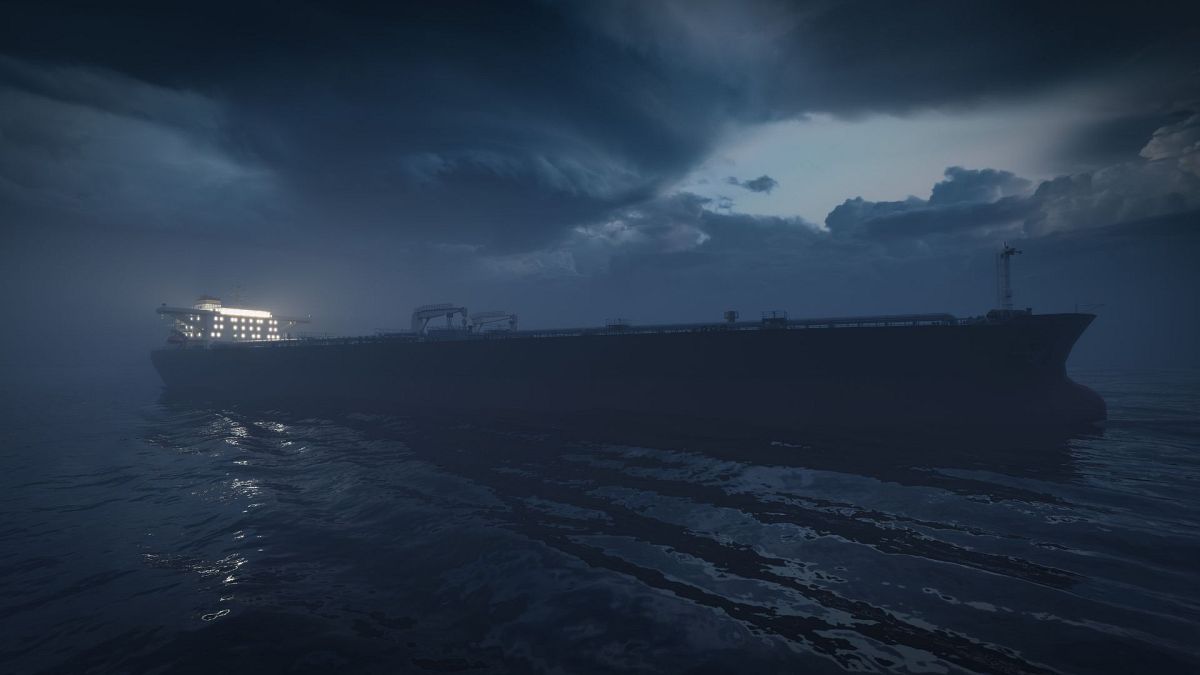


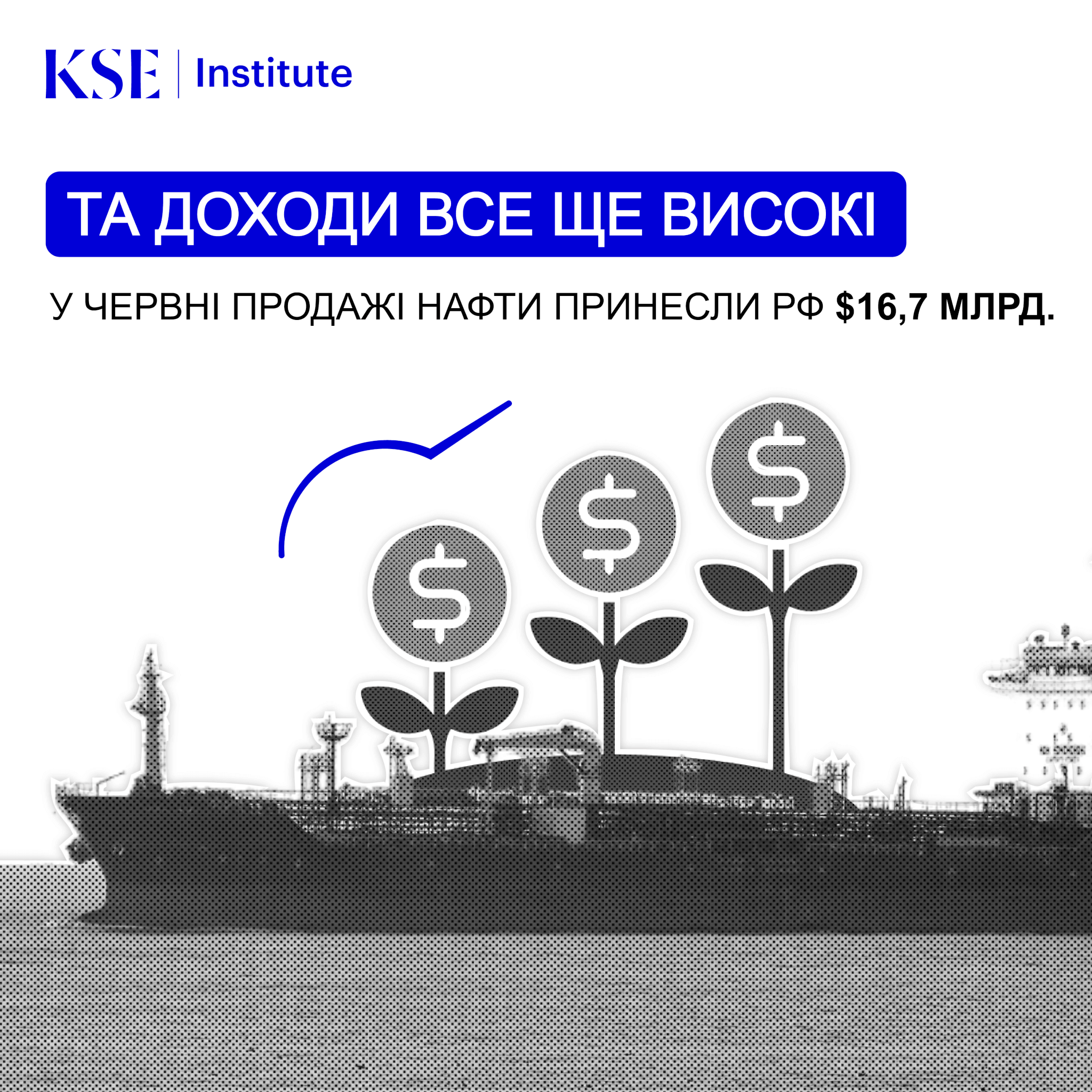
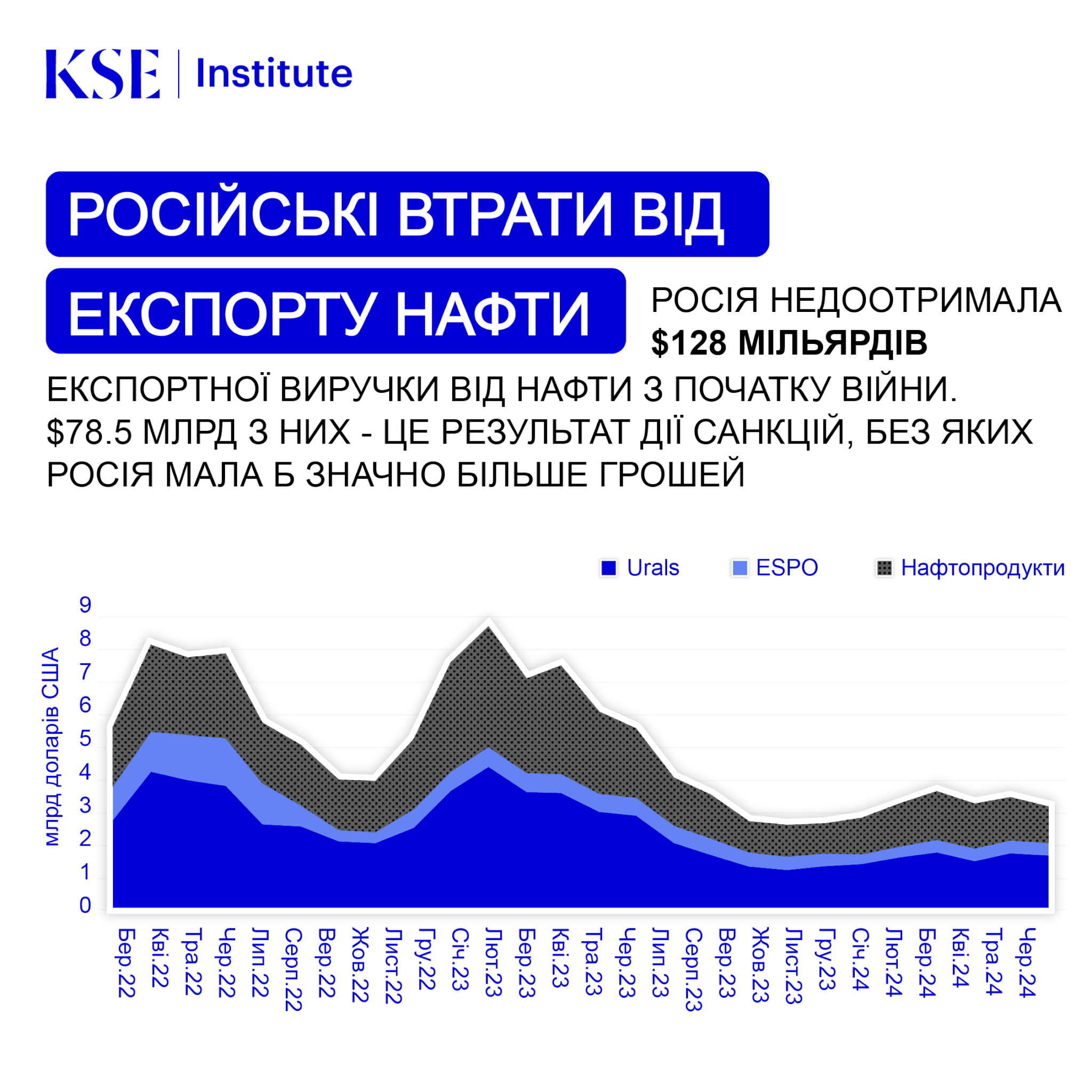
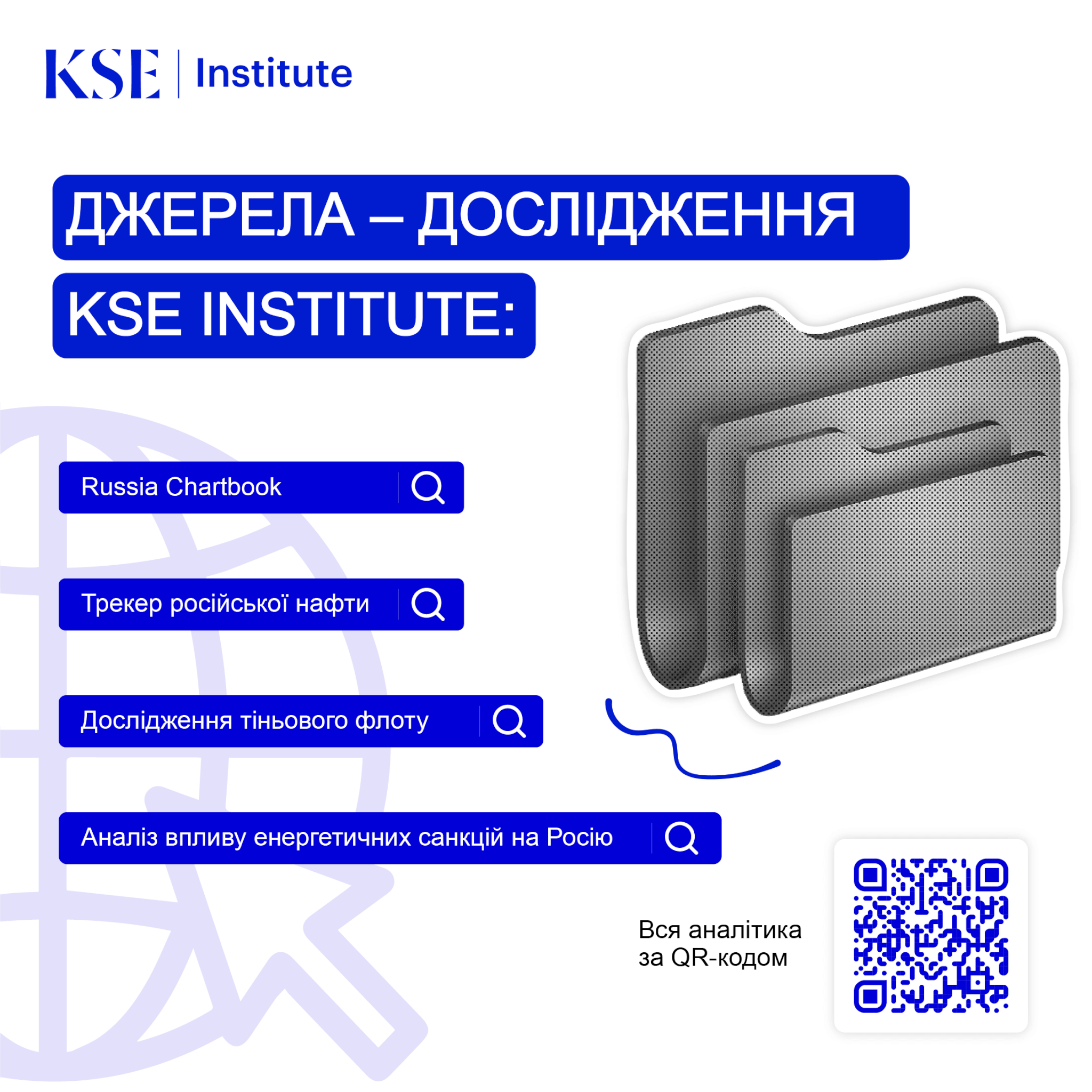
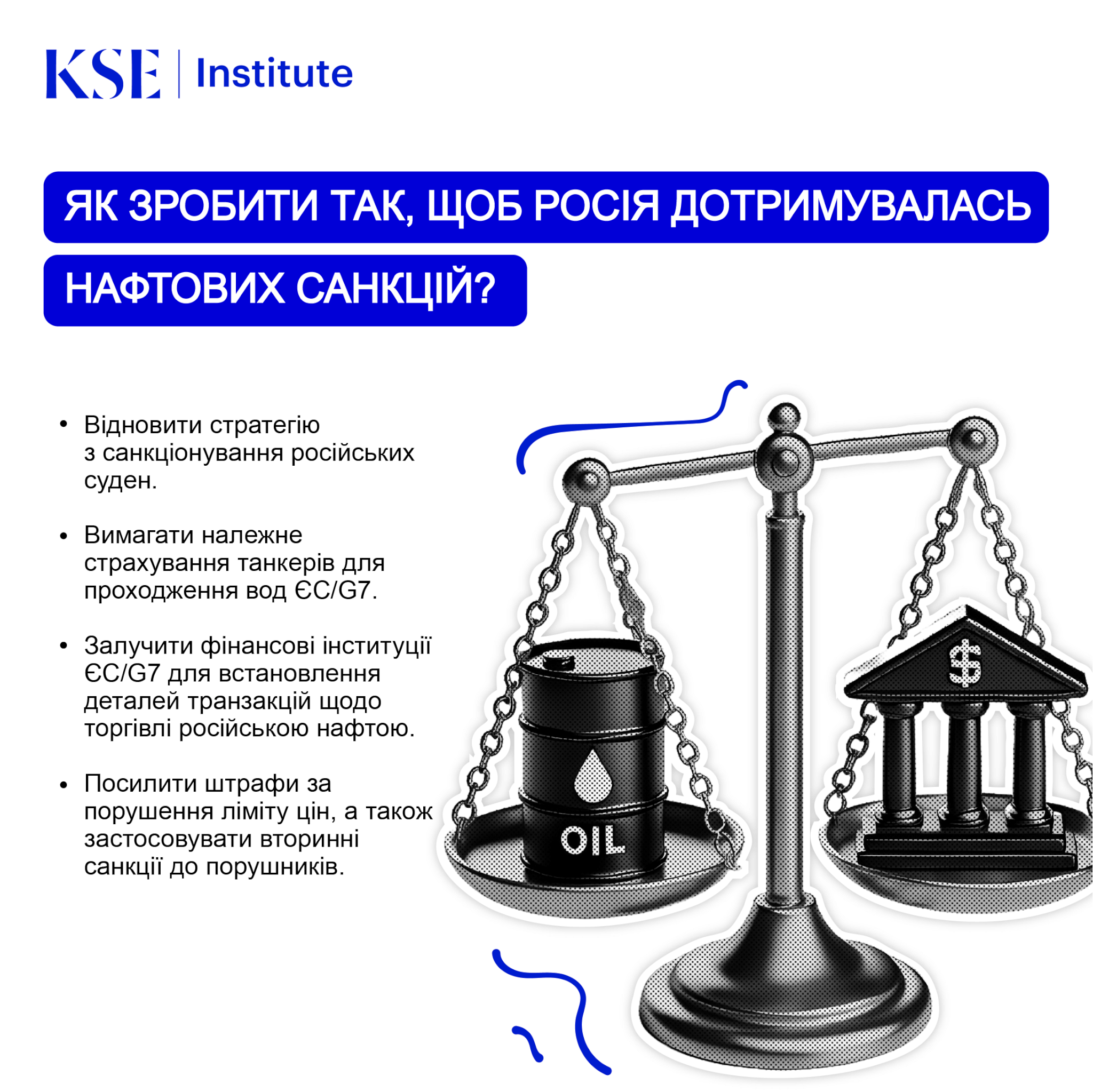
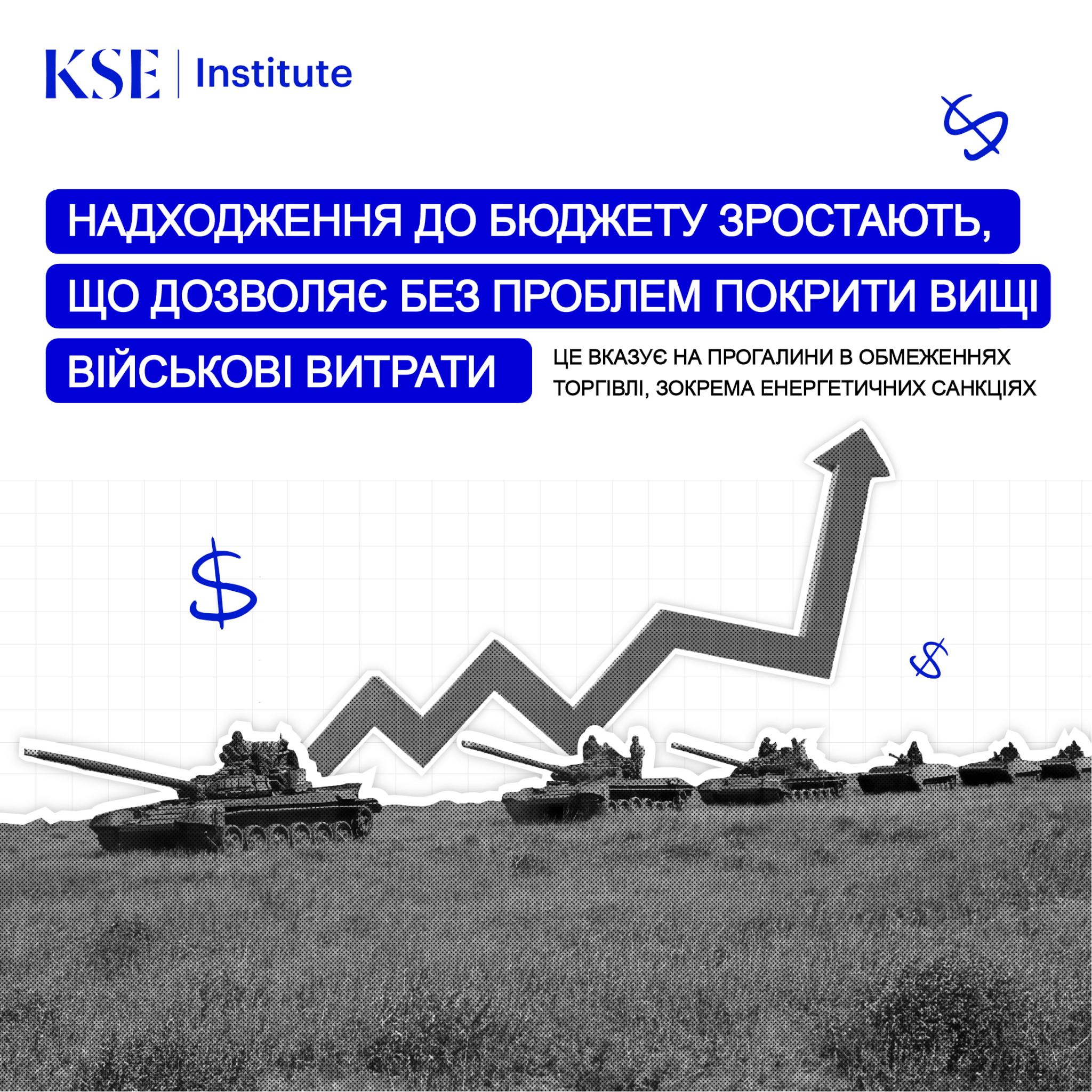
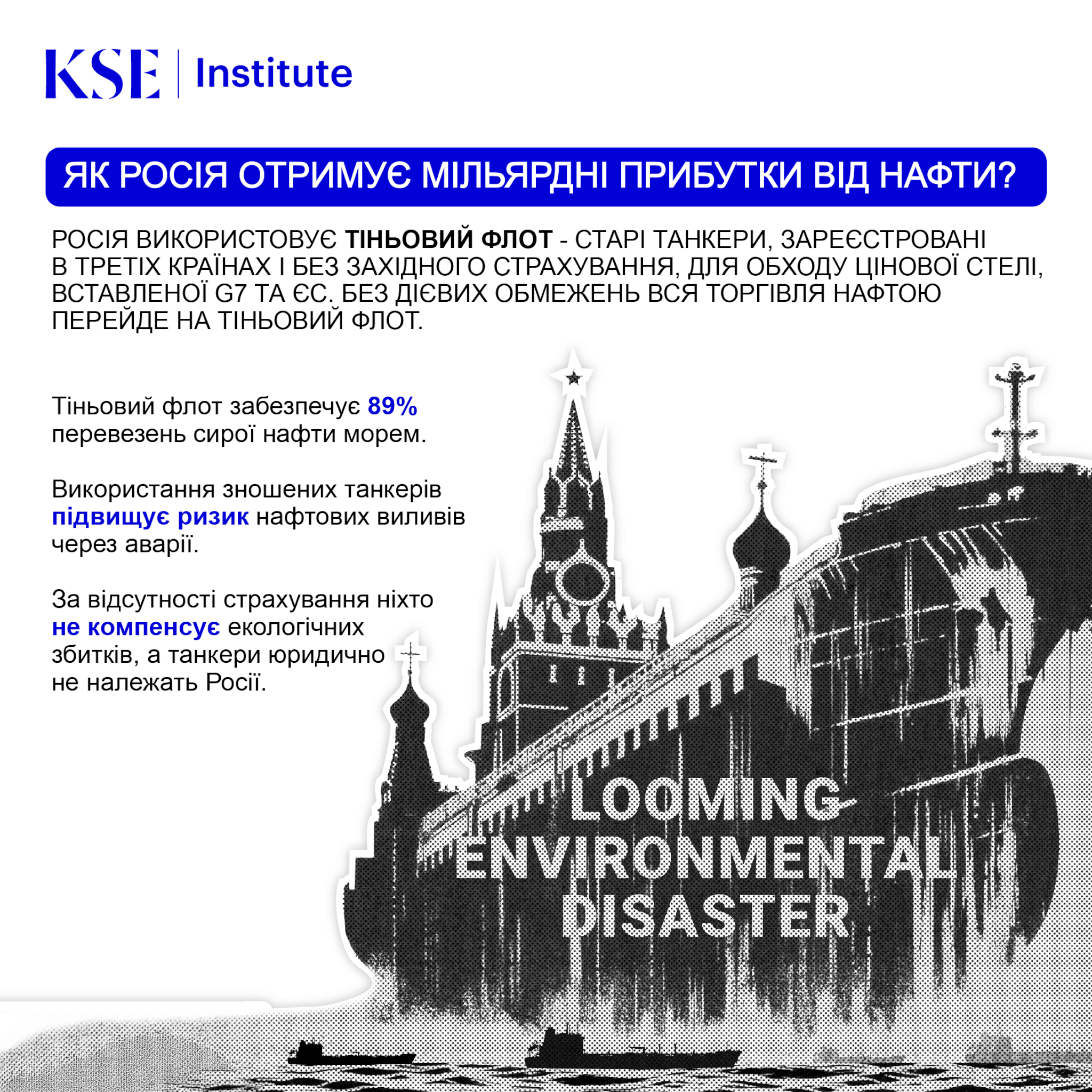
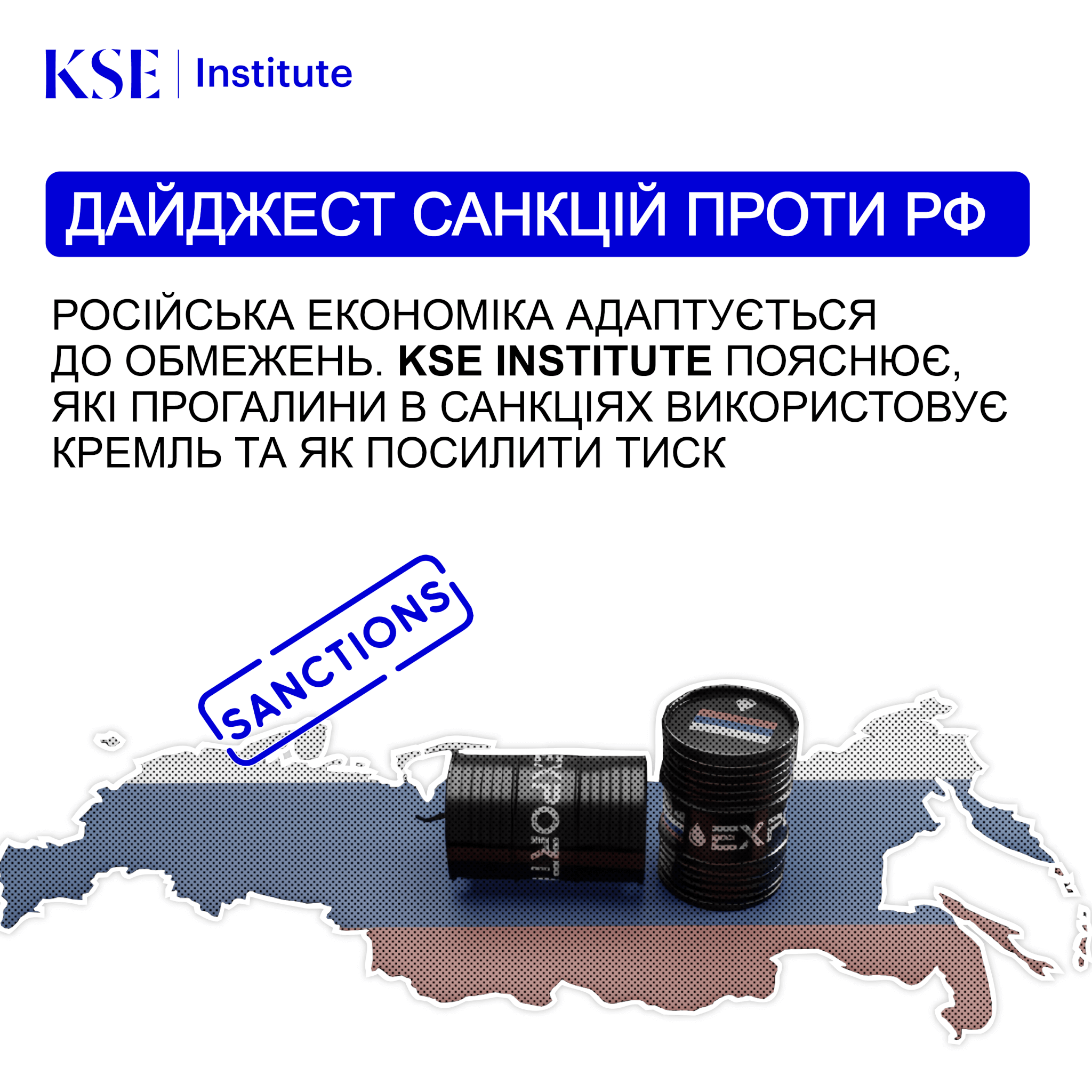


No comments:
Post a Comment